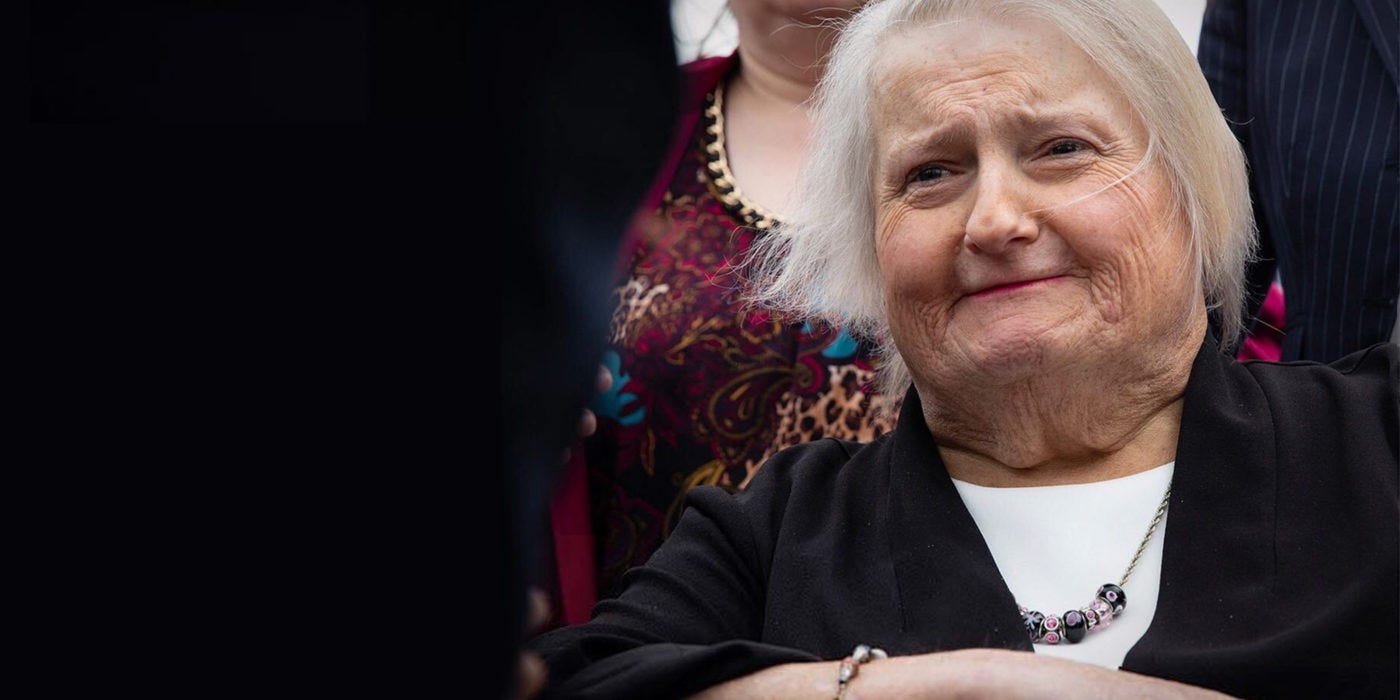The highest court in the United States decided last month that gay and transgender people are included in the country’s workplace discrimination laws. While it might be surprising to find out that these protections weren’t already guaranteed on a national level, up until June, LGBTQ+ people living in more than half of the US could legally marry under US law in the morning, and be fired that afternoon, making this a landmark decision for LGBTQ+ Americans.
But is it enough?
Recently, it’s been discussed at length whether fashion should be more actively engaged in corporate social responsibility, and we’ve seen brands condemned by the public for racism, performative activism and an overall lack of inclusivity in fashion and media. One of the central accusations was Diet Prada’s takedown of Zimmermann, which called out the Australian label on an international stage for its racially insensitive grooming standards. Parallels can be drawn between this example of discriminatory conduct and the Supreme Court decision, which also questioned the legitimacy of applying a gendered dress code to a transgender employee in the workplace.
So what’s the point of having discrimination protections, where they can be undermined in practice by the continued existence of dress codes that disadvantage particular groups? And if it takes a Supreme Court decision or a very public Instagram shaming to evade an internal workplace policy, shouldn’t we just be done with these altogether? In 2020, when most of us are working at home in our pyjamas, can we not be trusted to wear what we want to work and still get the job done?
The ruling
The crux of the Supreme Court’s decision was in confirming that Title VII of the Civil Rights Act of 1964 — which protects against workplace discriminations in all forms — included sexual orientation, gender identity and transgender status in its prohibition of discrimination on the basis of sex.
The outcome reached by the Court was the unexpected one, given the current conservative bench, which has been stacked with two additional Trump-appointed, right-wing justices since 2017. In order for the liberal-leaning justices to gain the majority in this case, the Court’s four more progressive justices needed to swing one of the conservatives in their direction. They ended up with two.
This case doesn’t uniquely impact the fashion industry (in that it applies to all organizations) and is much broader than a decision about the legality of gendered or prejudicial dress codes. But for one of the major parties to the case, this was a big part of the issue. Of the three plaintiffs represented by the American Civil Liberties Union, it’s Aimee Stephens whose situation is most analogous to questions of fashion and dress.

Aimee Stephens, image via ACLU
Stephens, a Michigan funeral home worker, was fired in 2013 after she came out to her co-workers as a woman and explained that she would be abiding by the organization’s dress code for female employees going forward, which mandated that women must wear a conservative dress or skirt. Her dismissal set out that she was being fired because she was ‘no longer going to represent himself as a man’ (the letter refused to use Stephens’ chosen pronouns and offered her severance in exchange for her silence on the matter), effectively stating that the technical reason for her termination was the failure to comply with rules as to appearance and dress.
#life #lgbtq #justice #politics #design